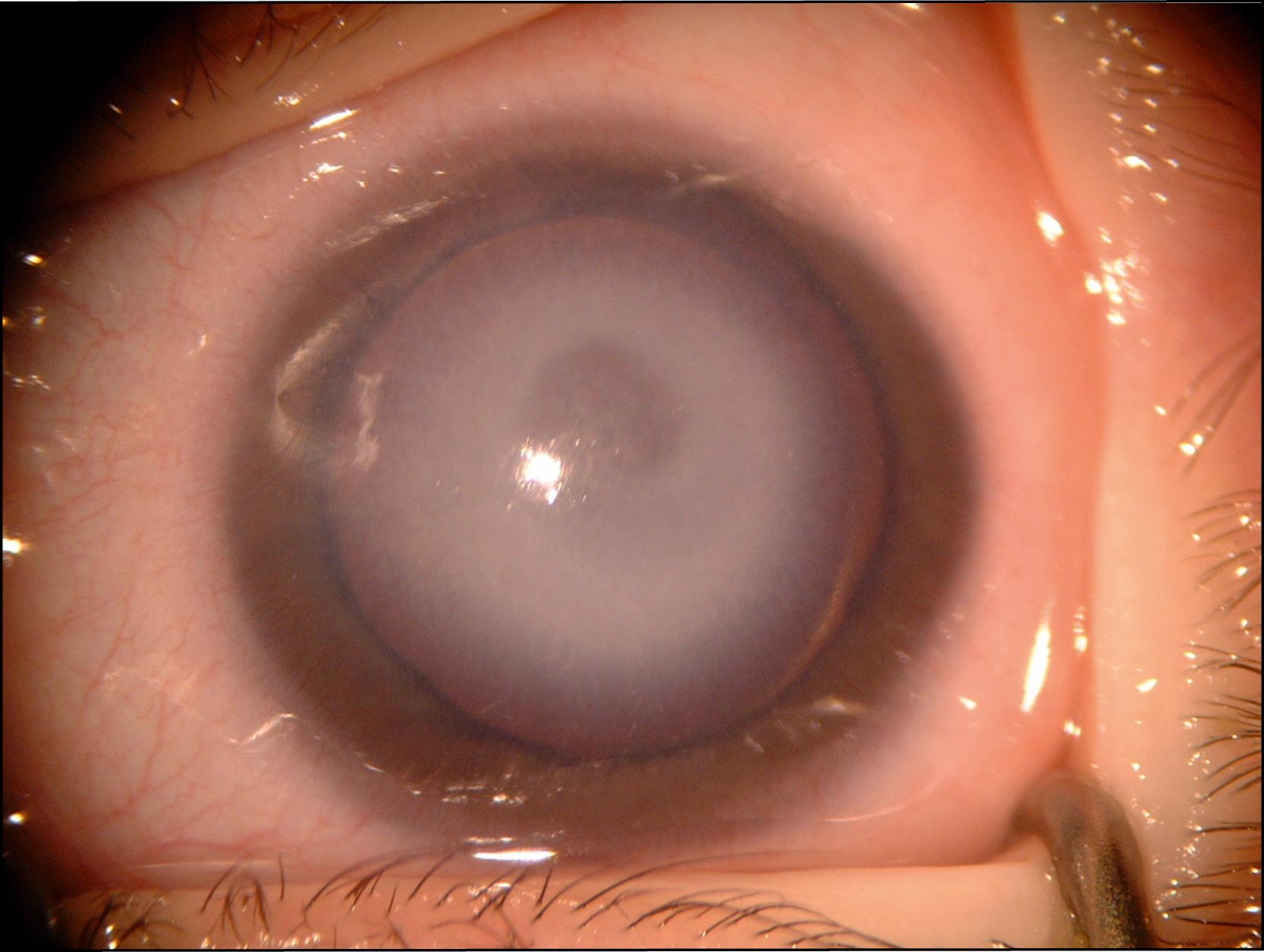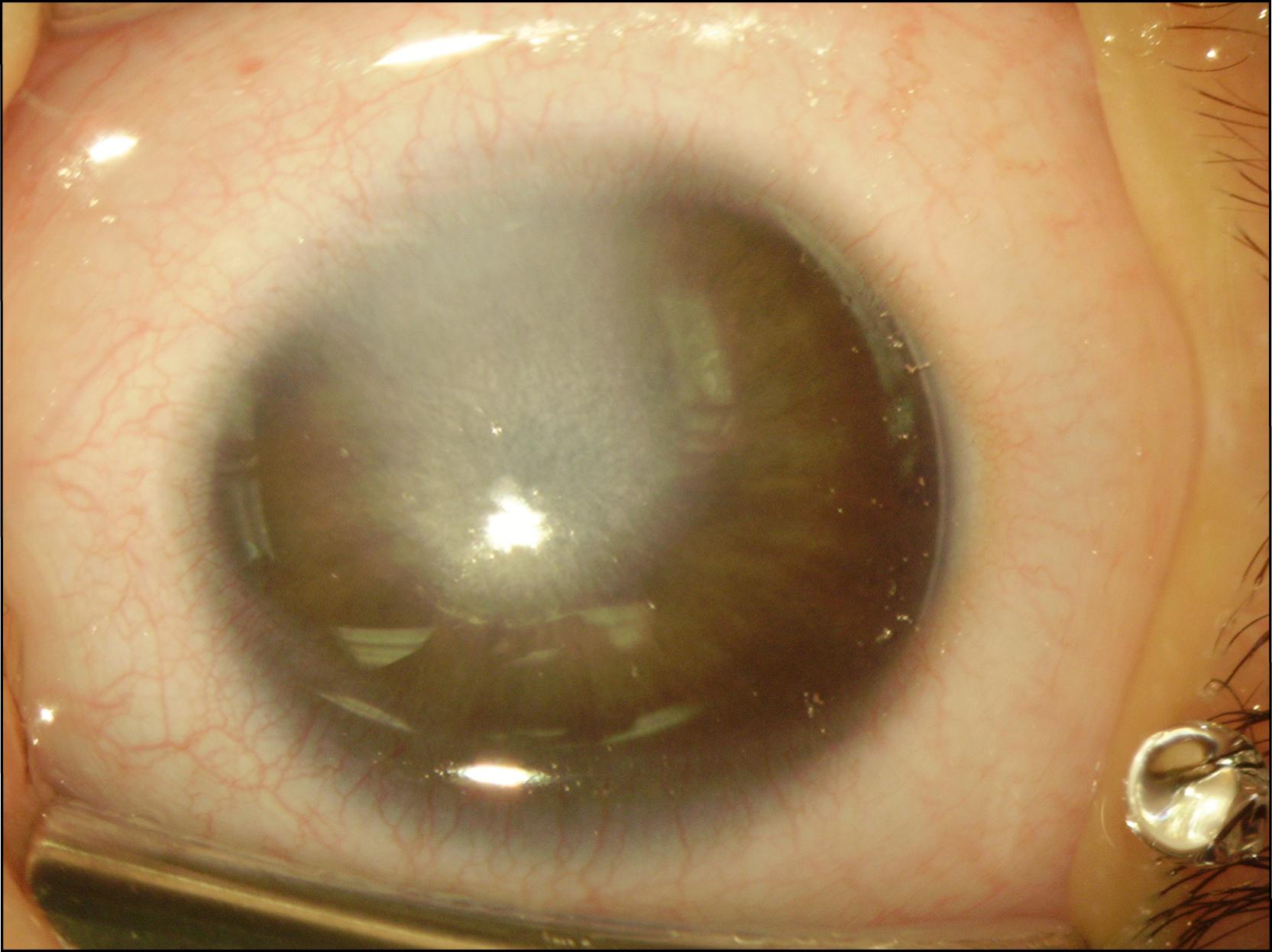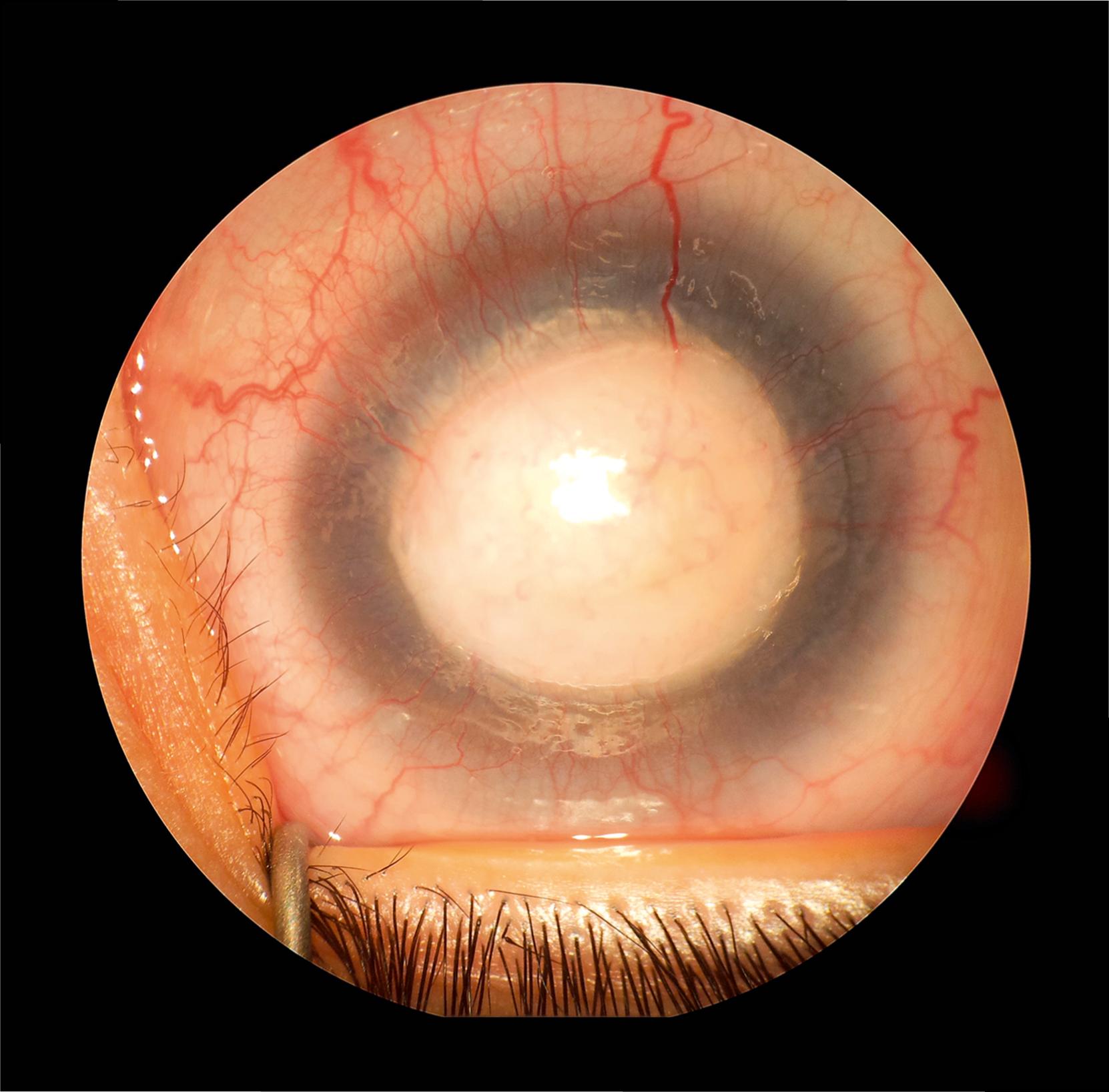Physical Address
304 North Cardinal St.
Dorchester Center, MA 02124
Peters anomaly is a sporadic condition characterized by a corneal leukoma.
Visual prognosis in Peters anomaly is dependent on early clearing of the visual axis; however, penetrating keratoplasty and visual rehabilitation are difficult to implement in these patients.
Peters anomaly is a rare congenital malformation in which patients are born with varying degrees of central corneal opacification due to defects in the posterior stroma, Descemet membrane, and endothelium. There can be iris strands and adhesion attaching to the cornea or lenticular adhesion attaching to the corneal leukoma. The disorder can be divided into type I (without lens involvement) and type II (with lens involvement) with varying degrees of opacification, type II being more severe and carrying a worse prognosis.
Von Hippel, in 1897, was the first to described a patient with central clouding of the cornea as “ulcer internum corneae”; he believed that it was due to intrauterine infectious keratitis. It was not until 1906 that Peters described a similar condition, hypothesizing that it was due to an incomplete separation of the developing lens from the surface ectoderm.
Peters anomaly is characterized by a central white opacity (leukoma) with a lucent periphery ( Fig. 57.1 ). This opacity can vary from mild to severe, with 80% being bilateral. The overlying opacity is thickened with underlying corneal edema. In milder cases, it may be paracentral, involving more of the periphery ( Fig. 57.2 ). In more severe cases, the central leukoma may protrude and be vascularized as an anterior staphyloma ( Fig. 57.3 ).



There can be adhesions of iris to the corneal opacity as well as lenticular adhesion with overlying thickening of the cornea by edema. The hallmark of histopathologic findings is the absence of the endothelium and Descemet membrane underlying the corneal opacity and normal corneal structures in the uninvolved periphery. ,
Become a Clinical Tree membership for Full access and enjoy Unlimited articles
If you are a member. Log in here